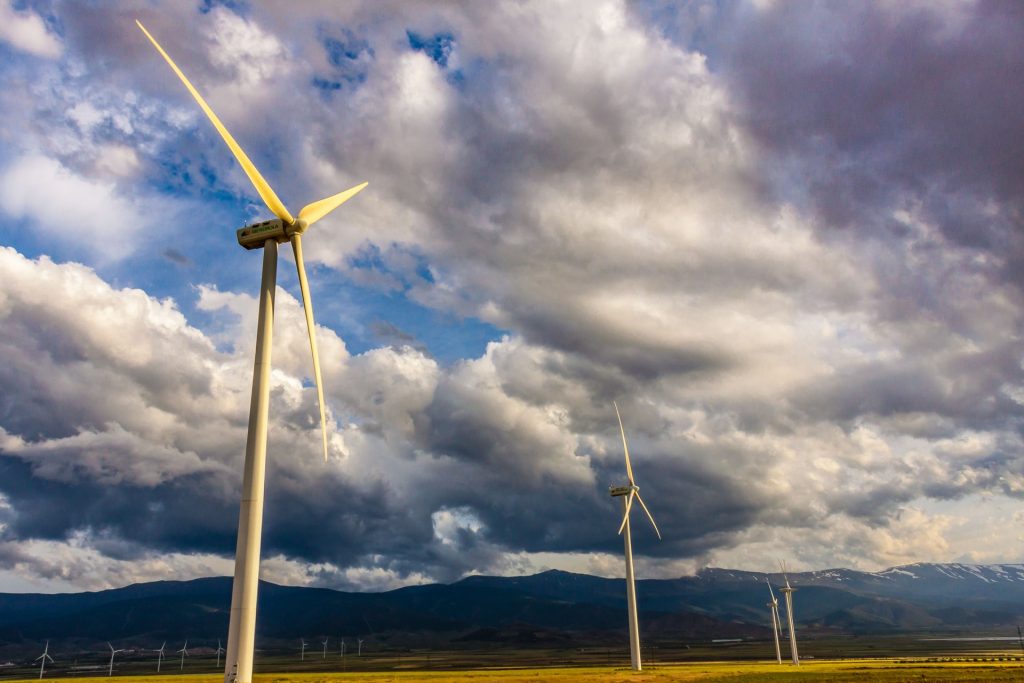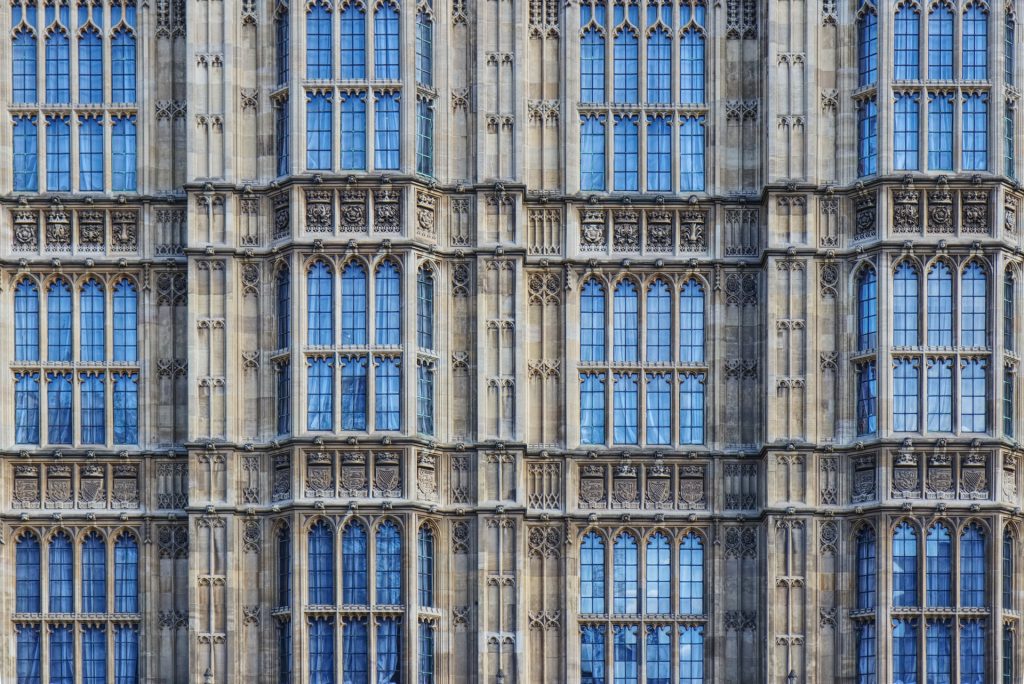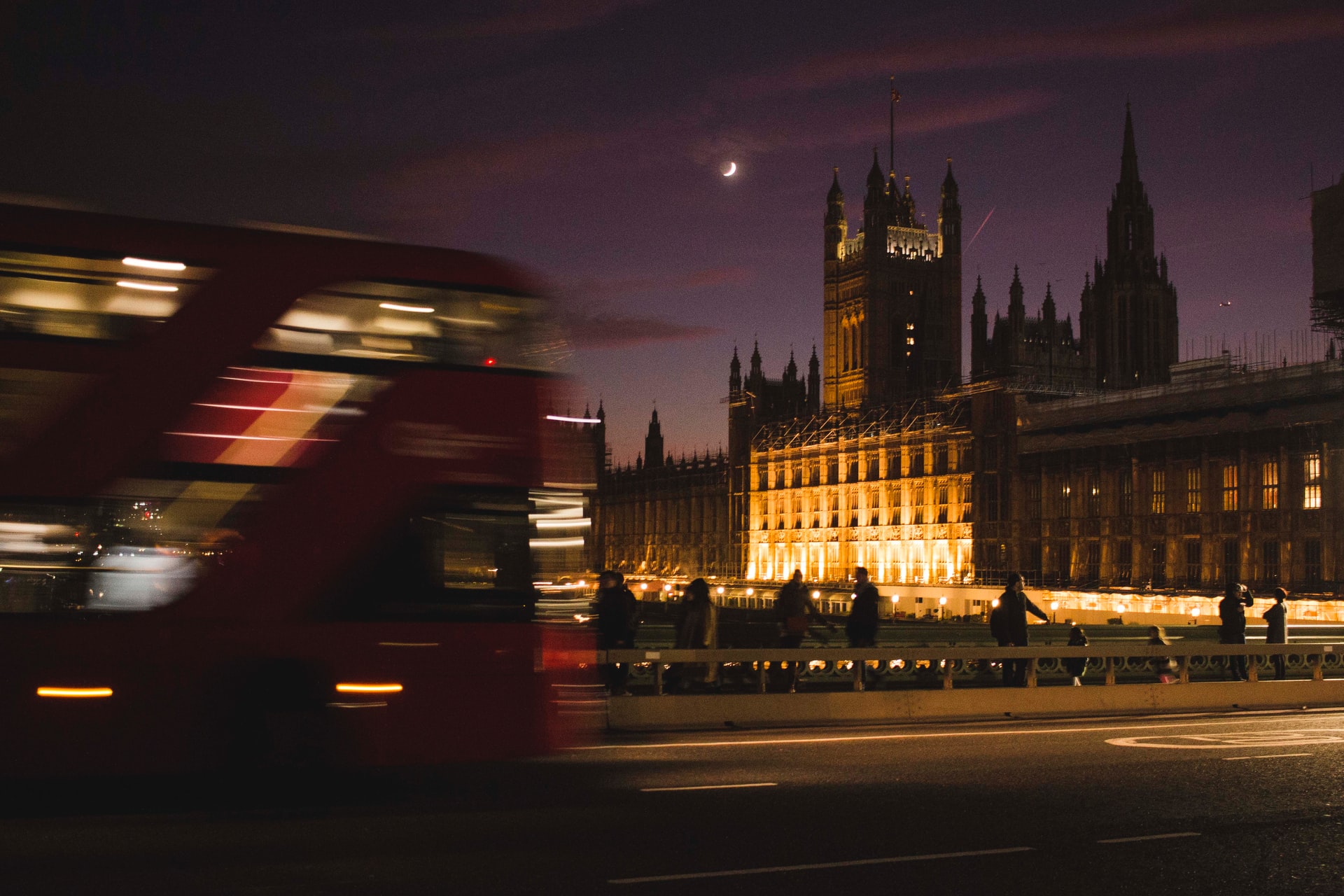Not everyone was happy with last week’s series of clean hydrogen announcements by the UK government.
Among the detractors were the Association for Renewable Energy and Clean Technology (REA), which bemoaned delays to a decision on blending clean hydrogen into the natural gas supply, the lack of a separate support scheme for smaller projects, and silence around alternative production pathways, such as biomass.
However, there was plenty to cheer for those who understand the important role hydrogen has to play in the decarbonisation of the UK economy.
The UK government has doubled its low carbon hydrogen production target to 10 GW, of which at least 5 GW will be green hydrogen. £240 million is being made available to support hydrogen production through the Net Zero Hydrogen Fund, £26 million for the Industrial Hydrogen Accelerator, and £100 million for the Hydrogen Business Model, a subsidy scheme for green hydrogen production.

The UK government has doubled its low carbon hydrogen production target to 10 GW, of which at least 5 GW will be green hydrogen. Green hydrogen can be produced by the electrolysis of water powered by renewable energy such as wind or solar.
The Hydrogen Business Model has been long-awaited by investors who are looking for certainty around the economic viability of both producing and committing to buy clean hydrogen.
While there have been some justified complaints about the speed at which the UK has rolled out its hydrogen strategy, no other country has started such a scheme that allowed clean hydrogen to compete on price with hydrogen produced from unabated fossil fuels.
The Business Model uses a Contracts for Difference (CfD) mechanism, which offers a subsidy equal to the difference between a strike price (the cost of production) and a reference price (the market value of hydrogen).
The mechanism incentivises the producer to increase the sales price and therefore reduce the subsidy and provides “volume support” in the form of a higher strike price per unit if hydrogen offtake falls.
The Department for Business, Energy & Industrial Strategy (BEIS) said last week it has an “intention to proceed” with the policy, following a public consultation that ends in May.
“We aim to finalise the hydrogen business model in 2022, and to allocate the first support contracts for projects reaching final investment decisions from 2023,” it said.
The scheme will be funded via a levy, which will be introduced no later than 2025, once the relevant legislation has been passed. The first green hydrogen projects will be funded through general taxation if they are operational before the levy has come into force.

While there have been some justified complaints about the speed at which the UK has rolled out its hydrogen strategy, no other country has started a scheme that allowed clean hydrogen to compete on price with hydrogen produced from unabated fossil fuels.
The government defines low-carbon hydrogen as that produced with less than 2.4 kg of CO2 emissions for every kg of hydrogen produced, including upstream emissions, setting the bar for blue hydrogen projects that produce the fuel from fossil fuels but capture the carbon.
When you know the potential hydrogen has to decarbonise industries from steelmaking to public transport to logistics and renewable energy storage, it is natural to want the greatest amount of support on that journey.
Here at Ryze we transport and distribute hydrogen, so naturally we would like to see the UK government increase its backing for hydrogen; but we are also proud to be the first country in the world to see a subsidy mechanism like this introduced.
To learn more about Ryze Hydrogen click here.






